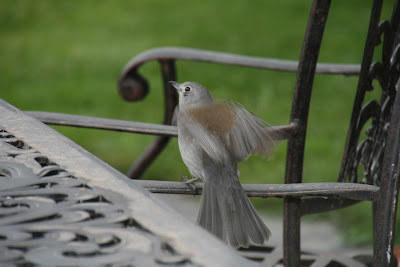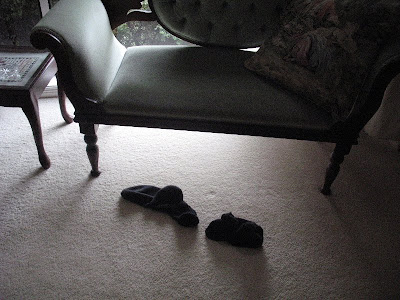Ebony Cassone - Hercules Room
Sala di Ercole, Palazzo Vecchio, Florence
The cassone (or cassoni), an Italian Marriage Chest, or a Glory Box, as I've always known it. They were highly decorated with fine metals, rich velvets and an artist, or artists, would be commissioned to paint arabesques, love stories, Roman poetry, Tuscan verse and tell fascinating tales of ancient Greece, Rome and Palestine. It would have contained the bride's dowry and was carried from her Father's house to that of her groom. Later they were used to store fine linens, clothes and textiles. A marriage in 15th century Florence was more about dynastic alliance between powerful families, rather than for love or religion.
Florentine Cassone in gilded pastiglia (layers of gesso, embossed)
Cassone degli Adimari (detail)
Galleria dell'Accademia, Florence
Probably painted by 'Lo Scheggia, meaning 'splinter' (Giovanni Cassai),
brother of 'Masaccio', meaning 'fat' Tommaso Cassai
Nerli Chest
The above chest (Nerli Chest) and spalliera (a wall panel that hangs on the wall above) was one of a pair made to commemorate the marriage of Lorenzo di Matteo de Morelli and Vagia di Tania de Francesco de Nerli and was painted in 1472 by Jacopo del Sellaio and Biagio d'antonio. It is on display at the Courtauld Gallery, London.
The other Nerli Chest
Walnut, domed lid
The above 16th century cassoni (found on an auction site) is of solid, carved walnut with dome top and intarsia-inlaid, string banding. The centre panel is inlaid with family crest (the panel usually has the crest of both families). It was for sale with the original iron key! Intarsia is a form of wood inlaying similar to marquetry.
Scenes from Boccaccio's Decameron
Cassone were generally displayed in a man's camera (chamber) one of the most important rooms in a house.
My Mother's Glory Box,
dating back to The Great Depression era of the 1930s (I should
have added a touch of folk-art to the front panels).
The top lifts up to reveal a cavity about 6 inches deep and behind the doors are about four drawers. Many of the chests, as this one, were made of cedar, a fragrant timber which has a natural repellent to moths. It still has that unique, fresh perfume I remember as a girl.
It is now housed in my daughter Nicole's home. Hopefully, there will be a great-grand-daughter to pass it on to.
























_by_lo_scheggi,_Galleria_dell%27Accademia,_Firenze.jpg)













 Mayfly Spinner
Mayfly Spinner












